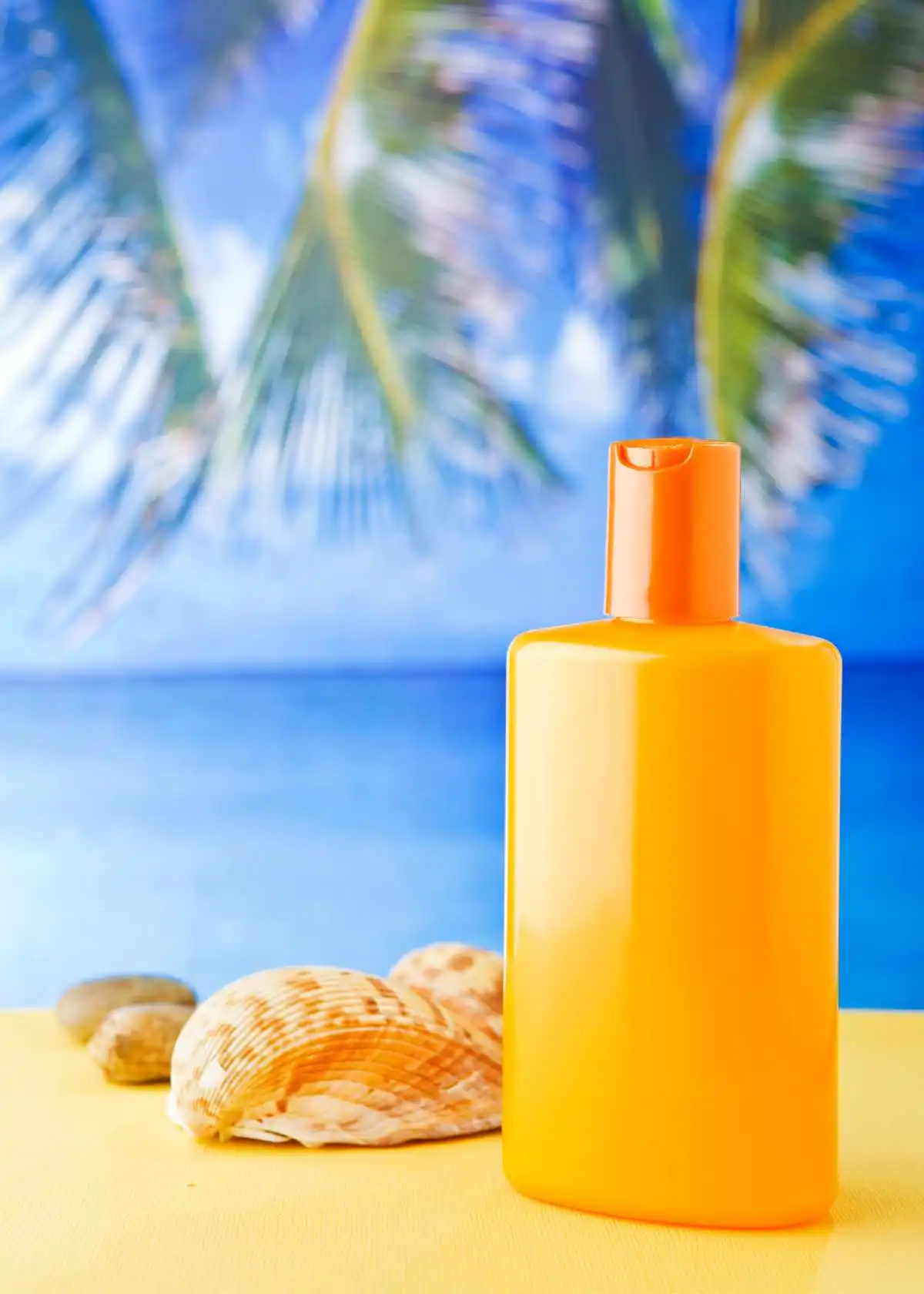Riding the Wave: Why Special Sunscreen Matters for Surfers
Surf's up, sun protection's up! When it comes to surfing, we're all about that gnarly wave and the adrenaline rush. But here's the kicker, the sun isn't just shining—it's blazing. And while the ocean might be your favorite playground, it's also the perfect reflective surface for those harmful UV rays. This is why the right sunscreen is more than just a recommendation—it's a must!
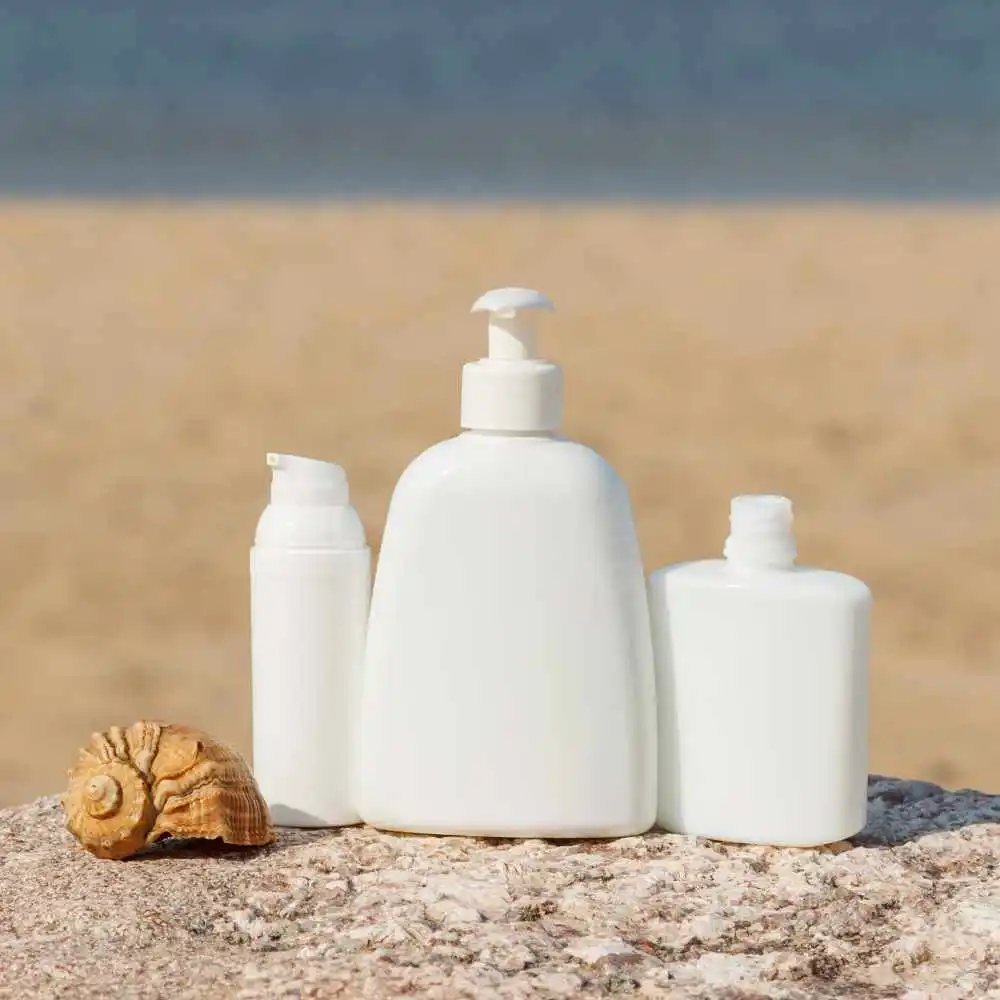
Importance of Sunscreen for Overall Skin Health
Remember, there's more to sunscreen than avoiding a painful, tomato-red sunburn (though that alone should be a good incentive!). UV rays are sly little villains—think of them like the Joker to your Batman. They're out there, causing all kinds of chaos: skin aging, dark spots, and the biggie—skin cancer. In short, sunscreen is the hero Gotham... er, your skin deserves. So before you paddle out, make sure you're protected.
Unique Challenges Faced by Surfers
But wait, it's not just any sunscreen that you should be slapping on. Surfers face unique challenges that your average beach bum might not. For starters, surfers spend extended periods of time in the water, often during the peak hours of sunlight. Regular sunscreens might wash off or start losing their effectiveness. Hence, water resistance in your sunscreen is key.
Next up, let's not forget the workout that is surfing. All that paddling and popping up on the board? Yeah, you're going to break a sweat. A sunscreen that can't handle a little perspiration might as well be a fish on a bicycle—useless! You need a product that stays put even when you're sweating like you're doing hot yoga on your board.
And while we're catching waves, we also need to remember our ocean buddies. Many sunscreens contain chemicals that could harm marine life. So, finding a sunscreen that's as kind to the coral as it is to your skin is another challenge.
So, to sum it up, the next time you're on the prowl for the best sunscreen for surfing, remember: it's a tall order, but your skin's worth it. Cowabunga, dude!
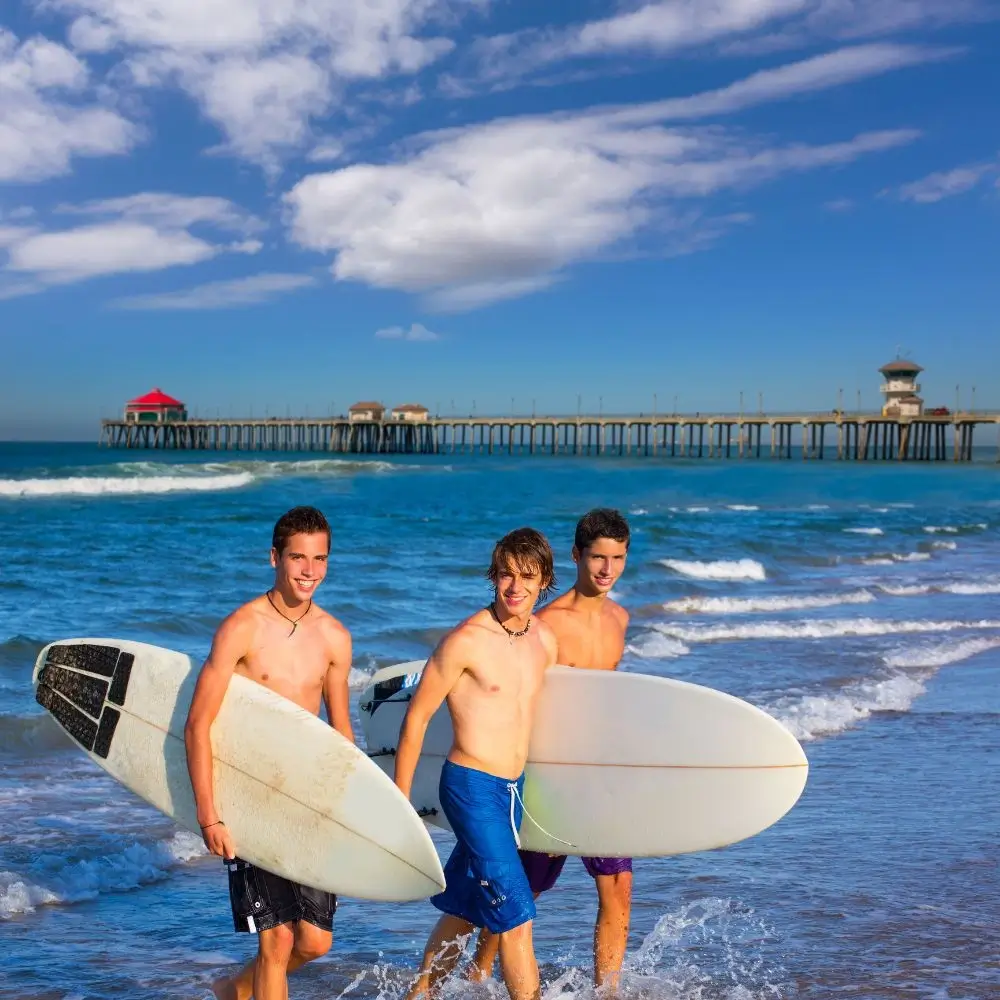
What Makes a Sunscreen Surf-Worthy: Features to Look For
So you're committed to getting the best sunscreen for your surf sessions. High five! But which one is the sunniest of them all? Allow us to introduce some sun-savvy features that make a sunscreen truly surf-worthy.
Factor of SPF
It's the holy grail of sunscreen talk: SPF. It stands for 'Sun Protection Factor' and it's all about how long you can stay in the sun without turning into a lobster. But remember, higher isn't always better. An SPF 30 sunscreen blocks about 97% of UVB rays, while SPF 50 blocks around 98%. So, the increase isn't as dramatic as it might seem. For surfing, we'd recommend sticking with SPF 30 or higher.
Broad-Spectrum Protection
But it's not all about UVB, my sun-soaked friend. There's another culprit that needs attention—UVA rays. These sneaky rays penetrate deeper into the skin, leading to premature aging and contributing to skin cancer. That's why you need a sunscreen that's 'broad-spectrum', aka it blocks both UVB and UVA rays. Think of it like a double forcefield for your skin.
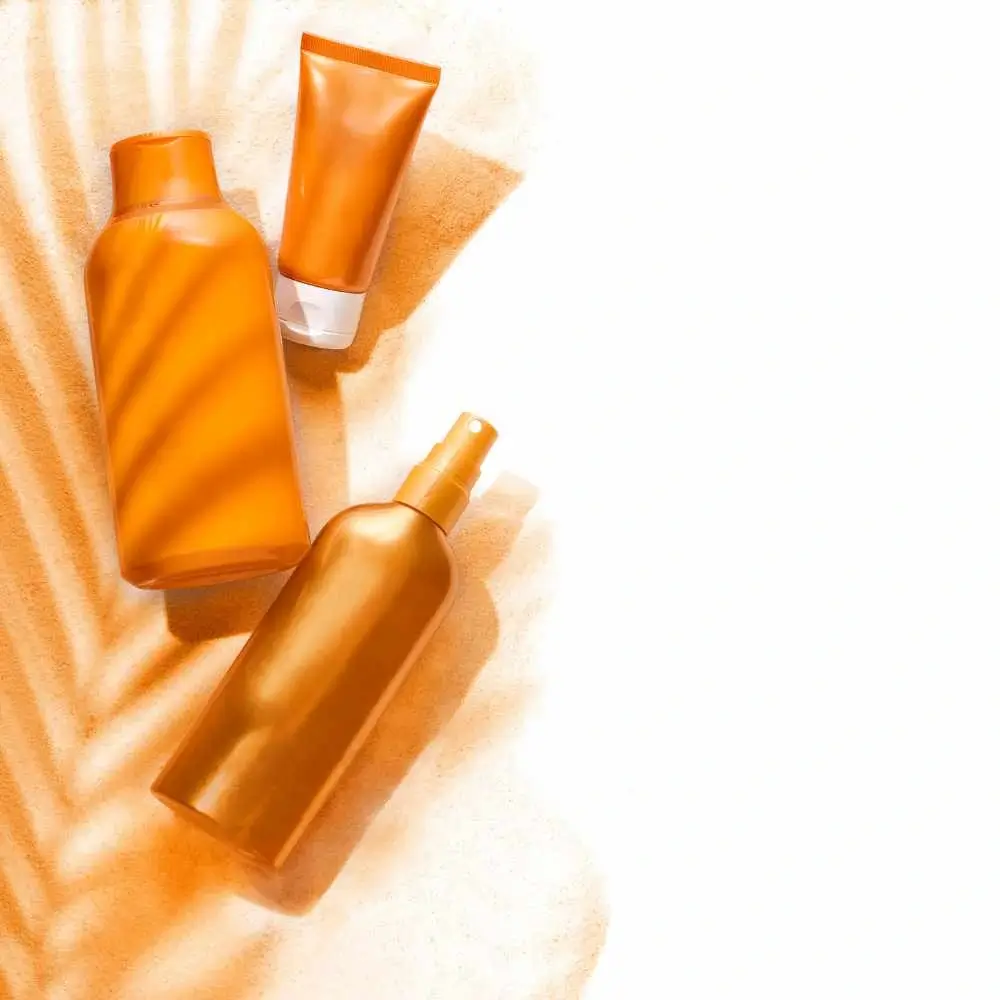
Water and Sweat Resistance
Now, let's talk about your sunscreen's commitment issues. You need a sunscreen that sticks with you through thick and thin...and sweat and water. When a sunscreen says it's 'water-resistant', it means it'll stay effective for 40 minutes in the water. 'Very water-resistant'? You've got 80 minutes. But remember, reapplication is crucial! After all, no relationship is perfect—not even with your sunscreen.
Environmental and Coral-Reef Safety
Finally, let's get eco-friendly. Many sunscreens contain oxybenzone and octinoxate—two chemicals that are as harmful to coral reefs as they are hard to pronounce. As surfers, we love the ocean and its inhabitants, so let's protect them. Opt for a sunscreen that's 'reef-safe'. They're usually mineral sunscreens, containing zinc oxide or titanium dioxide, which sit on your skin and reflect the rays rather than absorbing them.
So there you have it—the checklist for a truly surf-worthy sunscreen. Remember, the best wave isn't the only thing you should be chasing. The best protection matters too.
Your Skin, Your Sunscreen: Types of Sunscreen for Different Skin Types
Choosing a sunscreen is a bit like dating—you're looking for 'The One.' And like any good match, it should be compatible with you...or in this case, your skin type. So let's dive into some specifics!
Lotions, Sprays, and Sticks: Which One is Right for You?
Sunscreen lotions are the old faithful of sun protection—they've been around forever, and they're reliable. A lotion is easy to measure (a shot glass full for your whole body, thank you), and it's easy to make sure you're fully covered.
But what if you're on the go? Enter, sunscreen sprays. They're quick, they're convenient, and they're great for hairy areas. But be careful, sprays can be a bit uneven, so make sure you're getting a good coat.
Then there are sunscreen sticks. Think of them as the secret weapon for your face. They're less likely to drip or sweat into your eyes—a big plus when you're on your surfboard. And they're super portable. Winner!
Sunscreen for Sensitive Skin
For those with sensitive skin, the sunscreen struggle is real. But fear not, my delicate-skinned comrades. Mineral sunscreens are usually your best bet. They sit on top of the skin rather than being absorbed, reducing the chance of irritation. Look for terms like 'for sensitive skin,' 'hypoallergenic,' or 'fragrance-free'. Your skin will thank you.
Sunscreen for Oily or Acne-Prone Skin
If your skin's oil production is on par with a fast-food fryer, don't sweat it (or, well, do, but protectively!). There are sunscreens designed just for you. Look for ones labeled 'non-comedogenic'—it means it won't clog your pores. Also, 'oil-free' and 'matte finish' are your friends here.
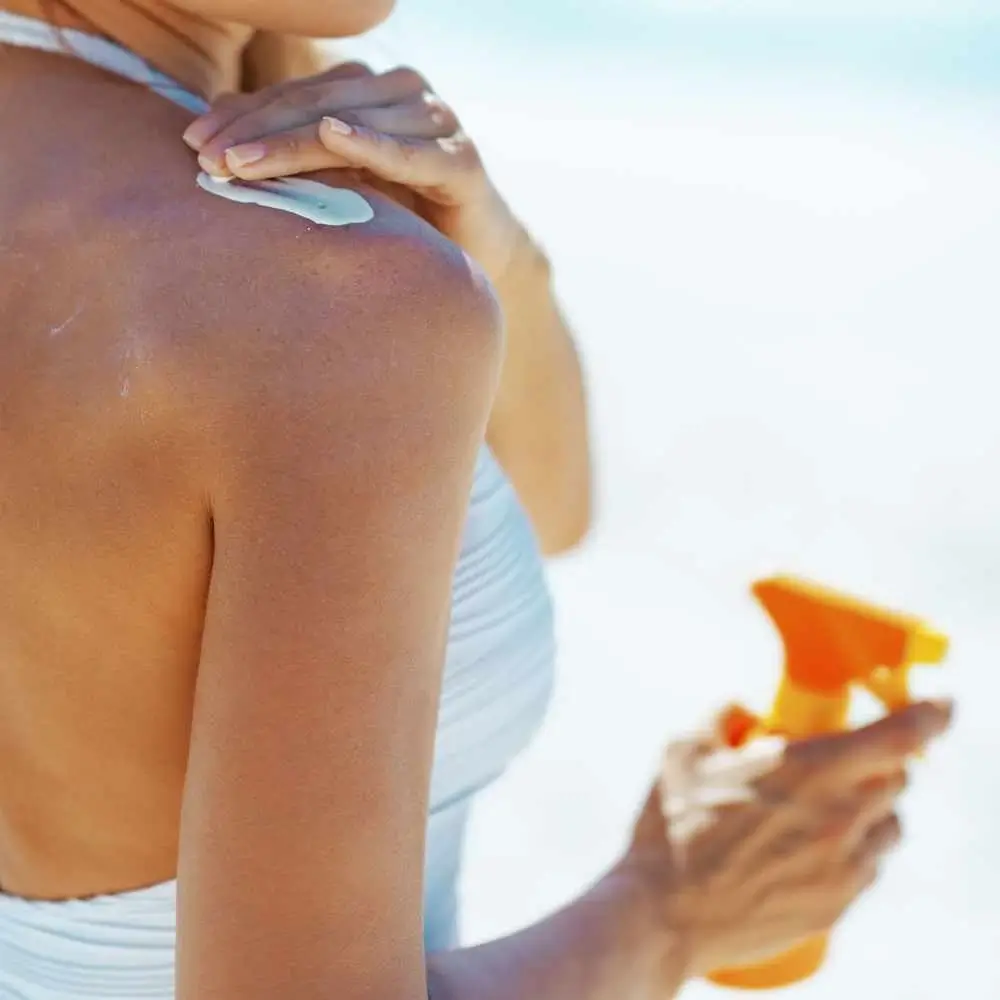
Sunscreen for Dry Skin
Dry skin types, we haven't forgotten about you. You need hydration along with your sun protection. Cream sunscreens often have moisturizing ingredients that can help keep your skin from feeling like the Sahara. 'Hydrating' and 'moisturizing' on the label? That's your jam.
So remember, just like surfboards, there's a sunscreen for every skin type. Find your match and ride those waves without a sun care in the world!
Our List of the Top Products in This Category
1. All Good Face Sunscreen Butter
2. Sun Bum Original Moisturizing Sunscreen
3. Reef Safe Sunscreen SPF 50
4. Thinksport SPF 50+ Mineral Sunscreen
Tips for Proper Application: Ensuring Maximum Protection While Catching Waves
So you've got your surf-worthy sunscreen in your hands—congrats! But it's not just what you use; it's how you use it. Let's unravel the mystery of sunscreen application.
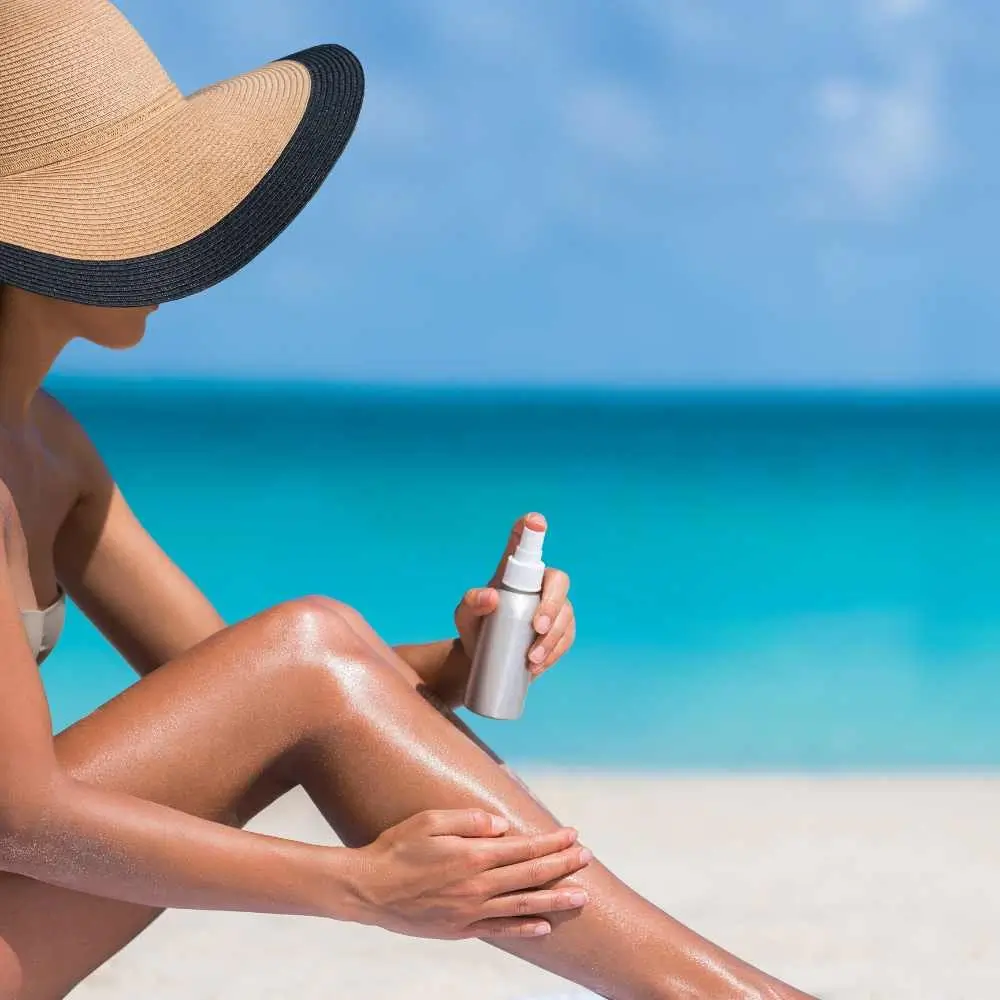
How Much to Apply and When
Here's a fun fact: most people only apply 25-50% of the recommended amount of sunscreen. That's like wearing half a wetsuit—it's not going to fully protect you! Aim for a full ounce (about the size of a shot glass) for your entire body. And don't forget those easy-to-miss spots—ears, back of the neck, back of the knees, and tops of the feet. Timing is also key—apply your sunscreen at least 15 minutes before you hit the water to give it a chance to bond with your skin.
Reapplication: How Often Should You Reapply When Surfing?
Reapplication is your middle name when you're surfing. Even the most water-resistant sunscreen isn't completely impervious to the effects of water and sweat. The golden rule is every two hours. But when you're surfing, you'll want to reapply more frequently—ideally every time you take a significant break from the water.
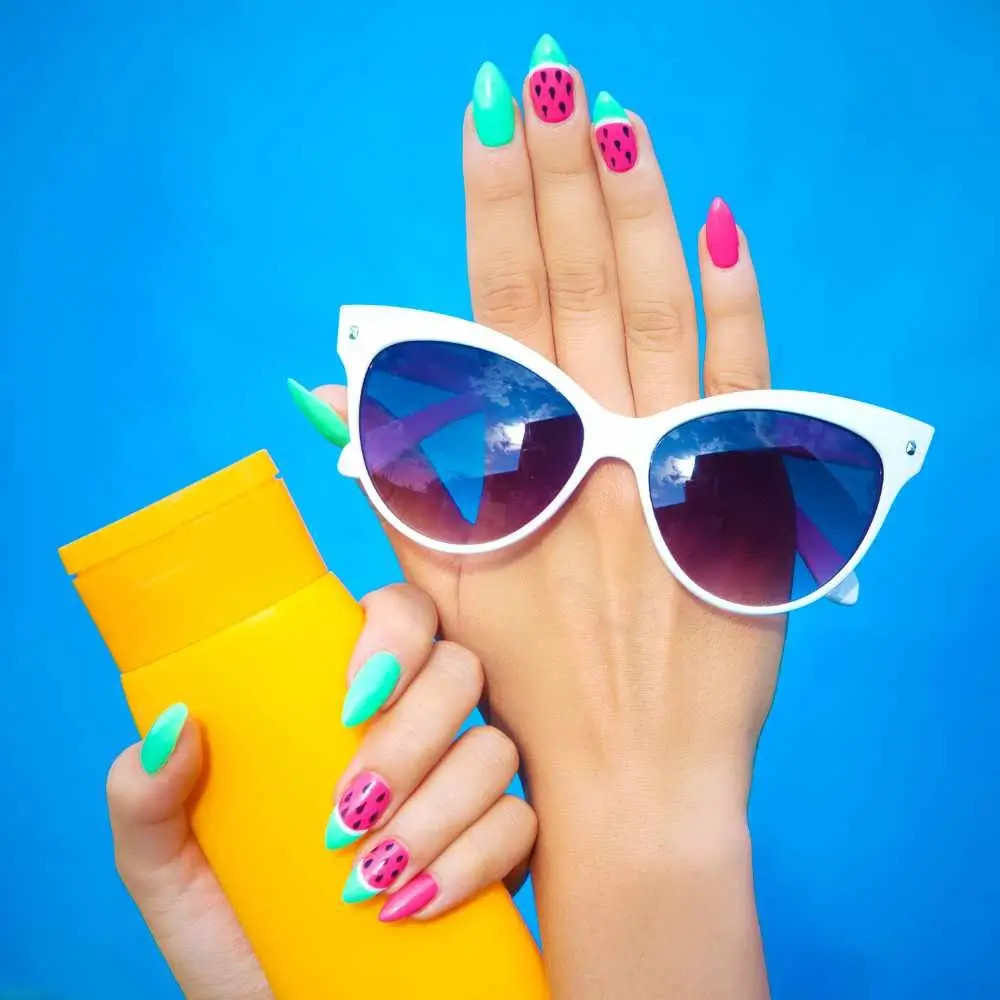
The Role of Additional Sun-Protective Measures
Just like the ocean isn't all about the waves, sun protection isn't all about sunscreen. Broad-brimmed hats, UV-protective clothing, and sunglasses all have their roles in keeping you safe. And remember to seek shade during peak sun intensity hours (usually between 10 a.m. and 4 p.m.). After all, even the most enthusiastic surfer needs a lunch break!
So there you have it. Apply generously, reapply regularly, and bolster your defense with additional sun-protective measures. Happy (and safe) surfing!
Busting Myths: Common Misconceptions about Sunscreen and Surfing
Myths. They're like the junk food of information—tasty but not so nutritious. In the world of sunscreen and surfing, there are a few myths that need some good old-fashioned busting. Let's get started!
The Sunscreen-Whiteout Myth
Ah, the classic "sunscreen makes you look like a ghost" myth. While it's true that some sunscreens—particularly mineral ones—can leave a white cast, it's far from a universal truth. Many modern formulations blend seamlessly into the skin, leaving no trace. And hey, even if you do get a little whiteout, isn't it worth it for protected skin?

The "I'm Underwater, so I Don't Need Sunscreen" Myth
If you think being underwater shields you from the sun's wrath, we hate to break it to you, but UV rays are more persistent than a seagull eyeing your sandwich. Water can actually magnify UV radiation, plus the sun's rays can still reach you when you're at least a few feet underwater. So, whether you're riding the waves or chilling under them, sunscreen is still your BFF.
The "I Have Dark Skin, I Don't Need Sunscreen" Myth
This is a dangerous one. It's true that darker skin has more melanin, which provides some natural protection against the sun. But—and this is a big BUT—melanin alone is not enough to shield you from all the harm UV rays can cause. Dark skin can still get sunburned, and people with dark skin can still get skin cancer. Plus, UVA rays can cause premature aging, regardless of skin color. So no matter the hue of your skin, sun protection is a must.
So let's bid adieu to these myths and say hello to sun-safe surfing. Remember, sunscreen is non-negotiable, no matter who you are or where you surf!
Catch the Perfect Wave, Not a Sunburn: Final Thoughts on Choosing the Best Sunscreen for Surfing
We've covered a lot of ground—er, water—today, folks. We've navigated the SPF-laden waters of sunscreen choice, debunked some sun-ceptional myths, and hopefully left you feeling ready to catch those waves without catching a burn.
Quick Recap of Key Points
Just like a surf session recap around the campfire, let's run through the key points. For surf-worthy protection, you want a sunscreen that boasts a high SPF, broad-spectrum protection, water and sweat resistance, and environmental safety. You also need to consider your skin type and choose the right form—lotion, spray, or stick. Finally, remember that application matters. Use enough, apply before exposure, and reapply often.
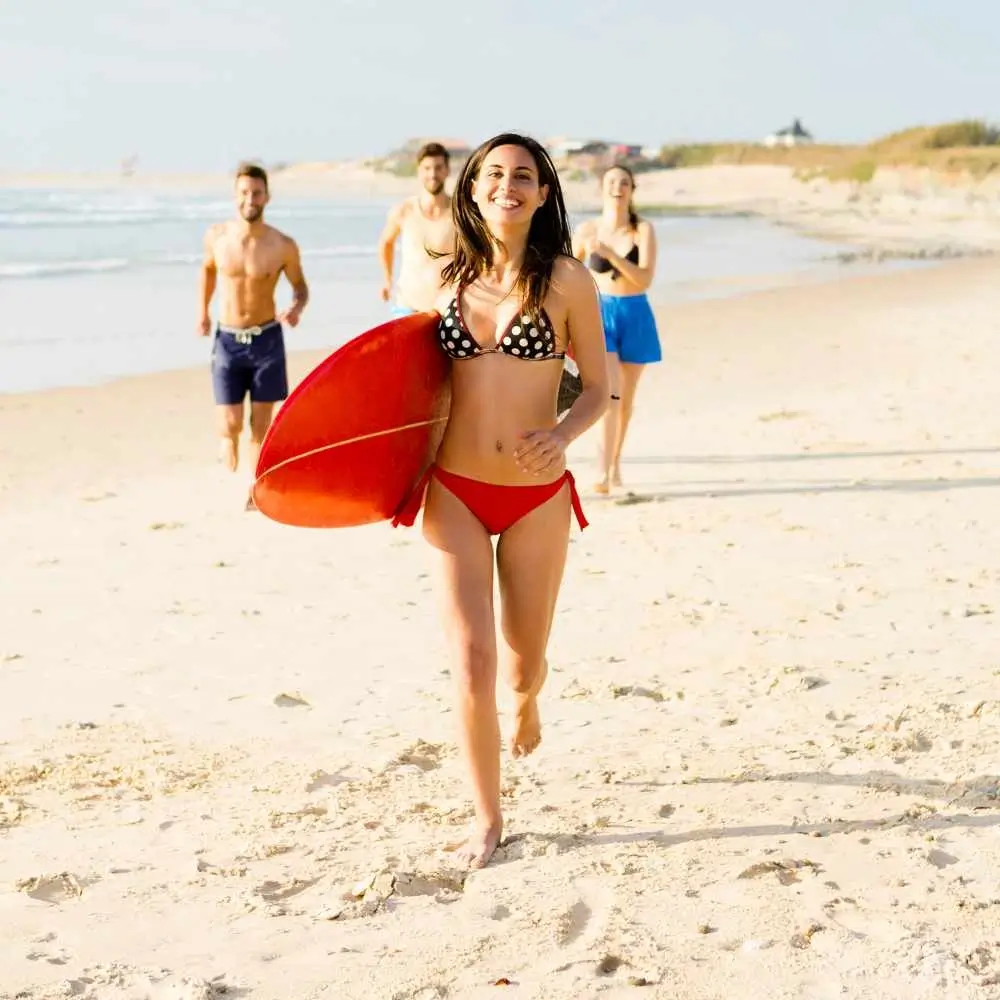
Emphasis on the Importance of Sun Protection
We can't stress this enough—sun protection is crucial. We're talking about your skin here, folks—the body's largest organ! It's the barrier between you and the world, and it needs your care. So even if the waves are calling and you're eager to paddle out, take those few extra moments to slather on the sunscreen.
Signing off with Encouragement to Prioritize Skin Health
So, as we sign off, remember this: the perfect wave isn't just about the ride. It's about riding safely, with skin that's as healthy as it is sun-kissed. Catch those waves, enjoy the ocean, and always make sunscreen part of your surfing story.
Until next time, surf safe, sun safe, and stay stoked!

